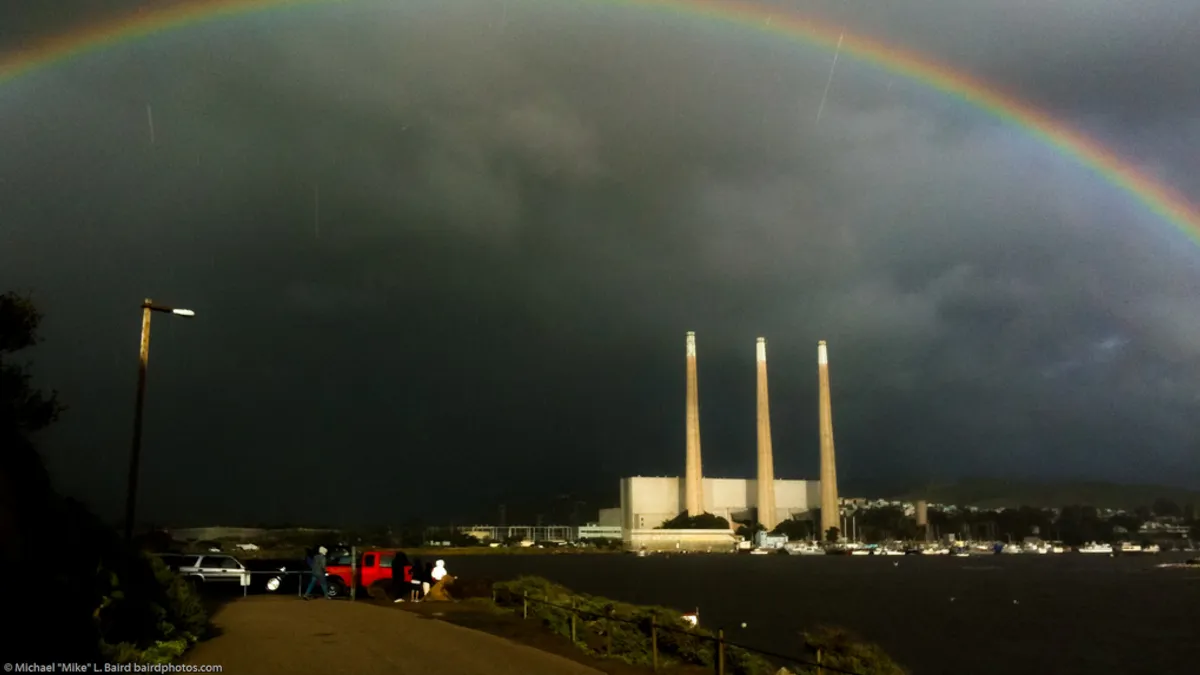Dive Brief:
- The Federal Energy Regulatory Commission has released its Energy Infrastructure Update for November 2017, outlining a generation mix that is growing in size while becoming less carbon-intensive.
- FERC sees 20.6 GW of coal capacity retiring and less than 2 GW of new coal generation coming online to replace it by 2020. Instead, more than 92 GW of new gas-fired generation will be added while almost 11 GW will be retired.
- More than 72 GW of new wind generation will come online and 43.5 GW of solar is expected as well. About 116 GW of utility-scale renewable energy is expected to be installed by the end of 2020.
Dive Insight:
FERC's latest infrastructure update paints a picture of a generation mix in flux. Coal now accounts for 23% of the United States' installed capacity while natural gas makes up more than 40%. Nuclear is about 9%, and solar and wind combine for about that amount as well.
Coal and nuclear generation are the only fuel sources to show a significant net decline in capacity. Coal will shed about 19 GW of capacity in the next three years, and nuclear will see resources decline by about 2.3 GW.
There was significant action before the commission on gas pipelines in November. Regulators say a half dozen pipelines were placed into service, 10 were certified and four were proposed. New gas capacity to come online in November was about 828 million cubic feet per day. About 1.4 GW of total capacity came online in November 2017, with the bulk of it (900 MW) coming from new wind projects.
It's unclear how the findings will factor into FERC's upcoming decision on the Department of Energy's controversial proposed rulemaking for coal and nuclear supports. The agency is scheduled to make a decision on the NOPR by Jan. 10.














